
First, separate the seeds from the stringy pulp by washing the seeds well. Then, spread them on a cookie sheet and sprinkle lightly with salt if desired. Toast them for three or four minutes at 375 degrees, stir to turn the seeds as best you can, and then toast them another two or three minutes until they're evenly golden. Cool them to room temperature, and enjoy!
With our still warm weather, even in the evenings, the rest of your winter squashes and decorative gourds may or may not be fully mature so you can harvest them. The cue is whether or not you can still puncture the hard rind with your fingernail. If you can, it’s not mature enough to store – you can eat it, must do so within a couple of weeks before it begins to spoil. The outer skin must be completely impervious to any air entering – literally a solid wall – so molds are kept out.
Cut the stems rather than breaking or tearing them, and leave two inches of stem attached to the squash or gourd. Store cured squash at 50 to 60 degrees in a dry area. Check them weekly for mold on their surface. If any appears, wipe it off with a paper towel moistened with vinegar. With this preparation, the squash should keep up to six months.

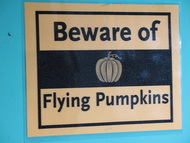



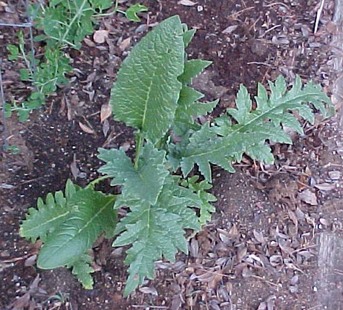
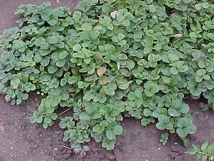
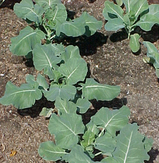
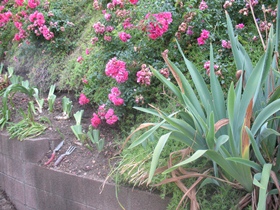
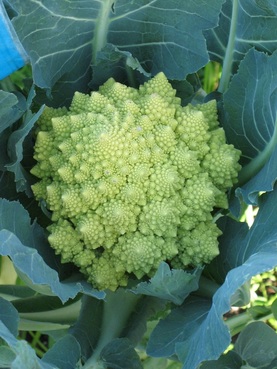
 RSS Feed
RSS Feed